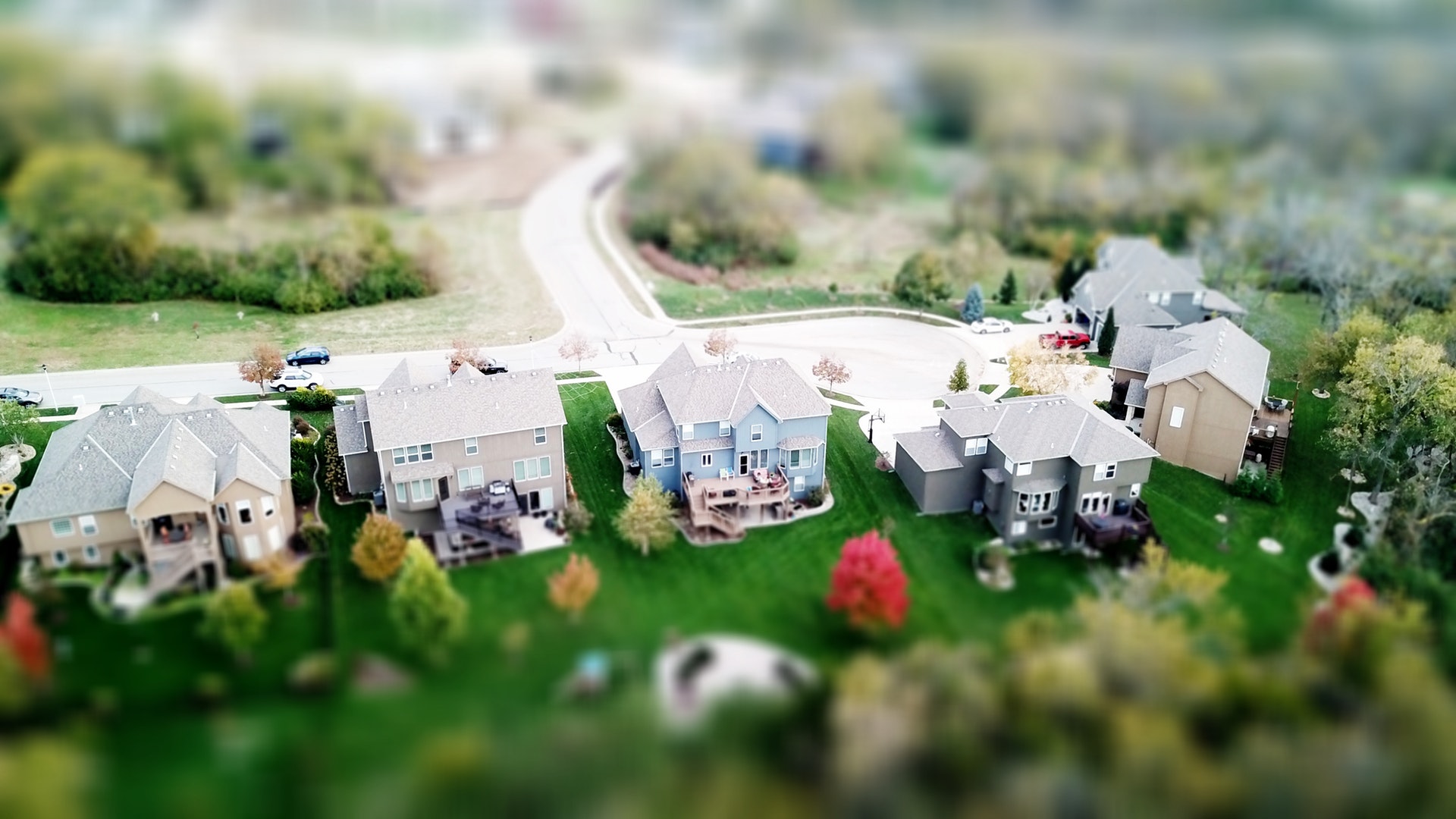Investing in real estate no doubt leads to high returns—so long as you know what you’re doing. But don’t simply jump in without doing your research. Not only does it matter where you invest, but also when you start investing. Where there’s high reward in the real estate investing world, there’s also high risk. So here are some helpful tips to help you get started.
First things first: analyze your budget
Sometimes, the obvious place to start is the right one. Before you can start investing, you need a realistic budget. Your annual income, saved-up money, running debt, and credit score are all determining factors when it comes to setting a price range.
There are several benefits to investing early in real estate. Becoming a real estate investor has both financial and personal benefits, whether you do it as a side business or as a primary job. Click here to check Royalgreen showflats.
If you’re investing in home flipping or rental properties, the price tag isn’t set after closing. While home flipping is arguably the most expensive up-front option, rental properties also require lots of maintenance and home upkeep. Remember, to make money, you’ve got to spend money. But be sure to budget accordingly from the beginning so you’re not overwhelmed in the long run.
Start with low-risk opportunities
So you can’t afford an investment property at the moment? Don’t worry. There are plenty of low-risk opportunities waiting for you. For instance, renting out a room of your current property on vacation rental sites is a great place to start. Plenty of time will be needed to deal with bookings and tend to guests’ needs, but you won’t have the weight of purchasing a new property on your shoulders.
If that’s still too much for you to handle right now—consider investment funds, exchange-traded funds, and mutual funds. You won’t garner the same weight of returns as you would in rental properties and home flipping, but there’s certainly less risk of losing big.
Find a suitable market
If you think you’re ready to purchase an investment property, great! But don’t choose a property willynilly. You’ll want to look for a growing, as opposed to stagnant, market. New construction, job growth, and population growth are all good indicators of a growing economy, so start there.
If you’re looking for a home to fip, you’ll want to enter the market at just the right time. Entering too late could lead to paying more for a property than it will sell for. Entering too early could leave you with no buyers once the home has been flipped.
Alternatively, rental properties—or even owner-occupied properties—need a specific type of market. After finding a suitable market, the next step is to consider effective real estate investment strategies. Look for stable neighborhoods, low rental inventory, good schools, and long-term prospective tenants. Cities with growing economies and ongoing population growth is key.
The best time to sell an investment property
Once you’ve flipped your property and you’re ready to sell, it’s important to know when to finally put up that ‘For Sale’ sign. If you’re looking to sell quickly, the summer months are your friends. There’s a natural surge in buyer demand in the spring and summer, so your home will receive plenty of traction. However, with more buyers comes more sellers and more competition. If you’re thinking of selling in the summer, you’ll probably end up with a quick sale and good offer, but you’ll have to make sure your marketing game is on point in order to receive looks.
Alternatively, buyers usually hibernate come winter. However, those buyers who are risking the snow and sleet to view your property will be highly motivated to put down an offer. This doesn’t mean you should expect higher offers, but know any buyer who comes to view your home is taking it very seriously. If you’re simply looking for a quick, profitable sale on your real estate investment, however, spring might be right for you.



